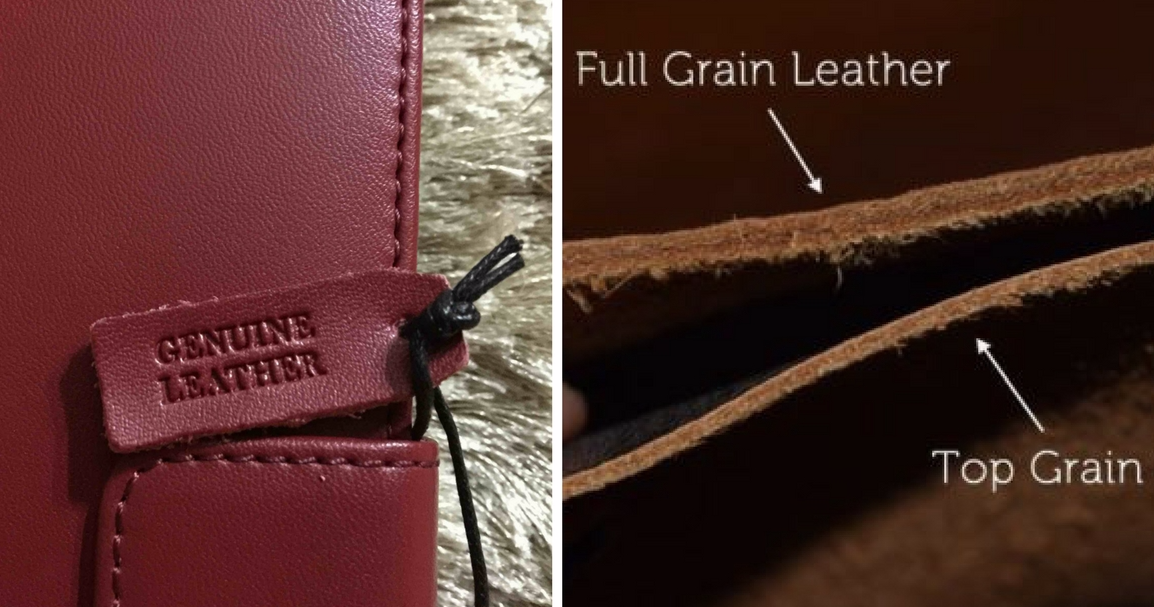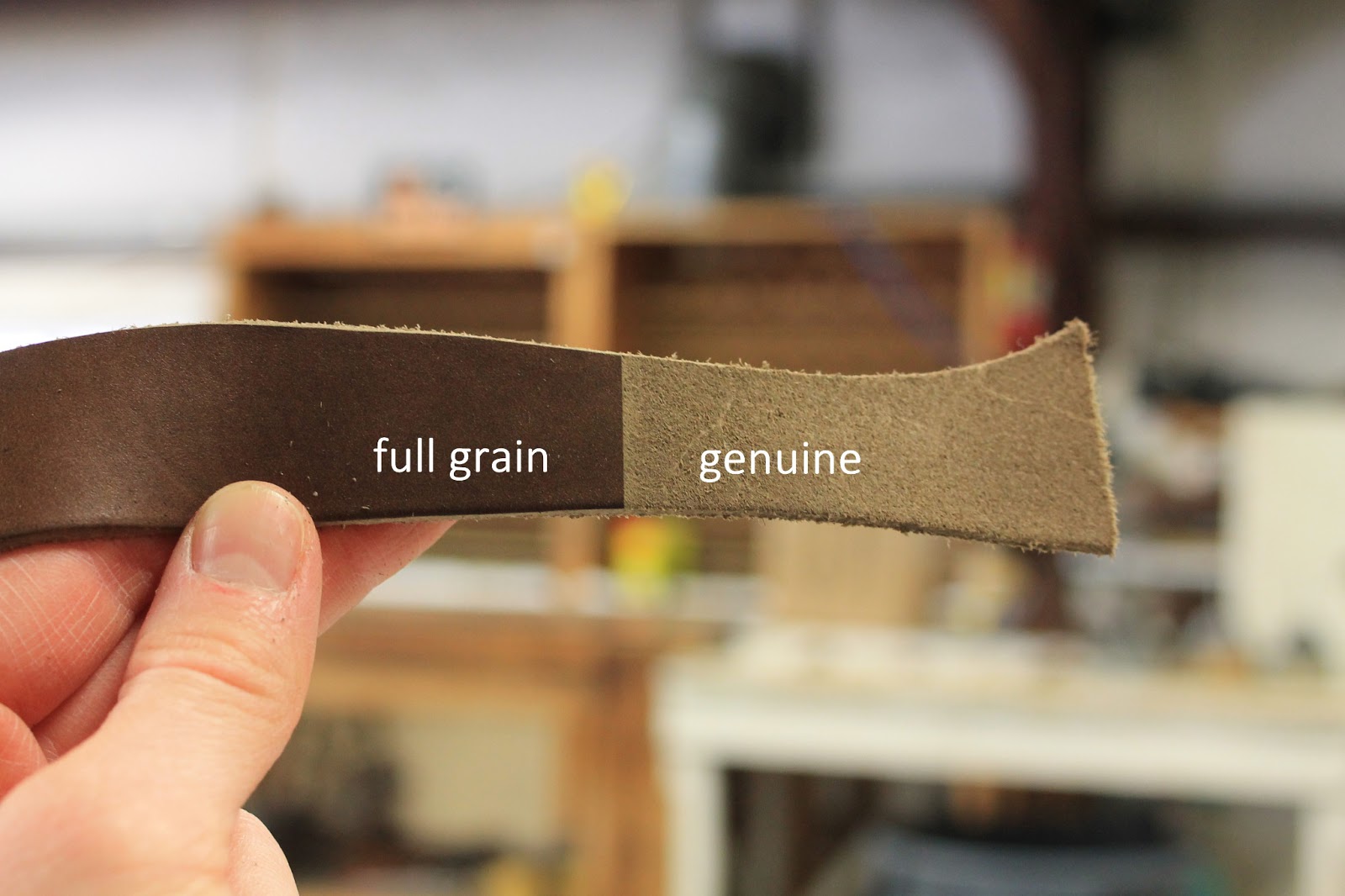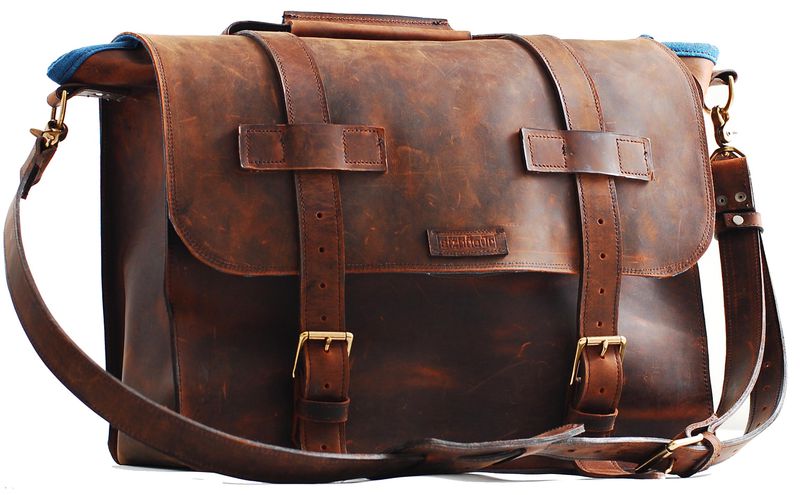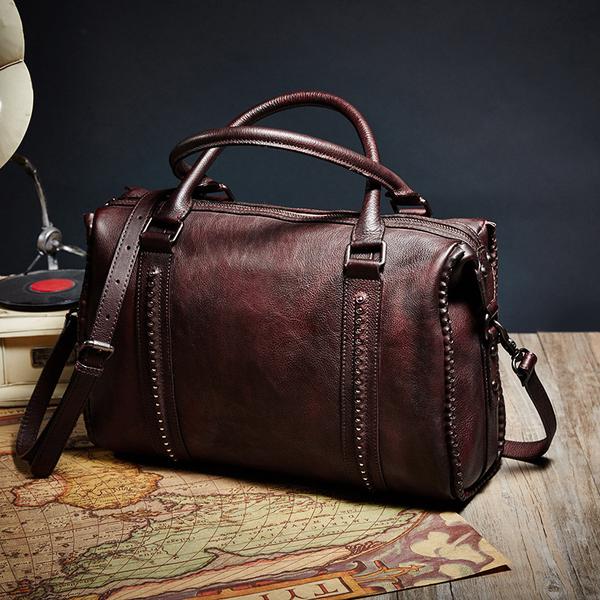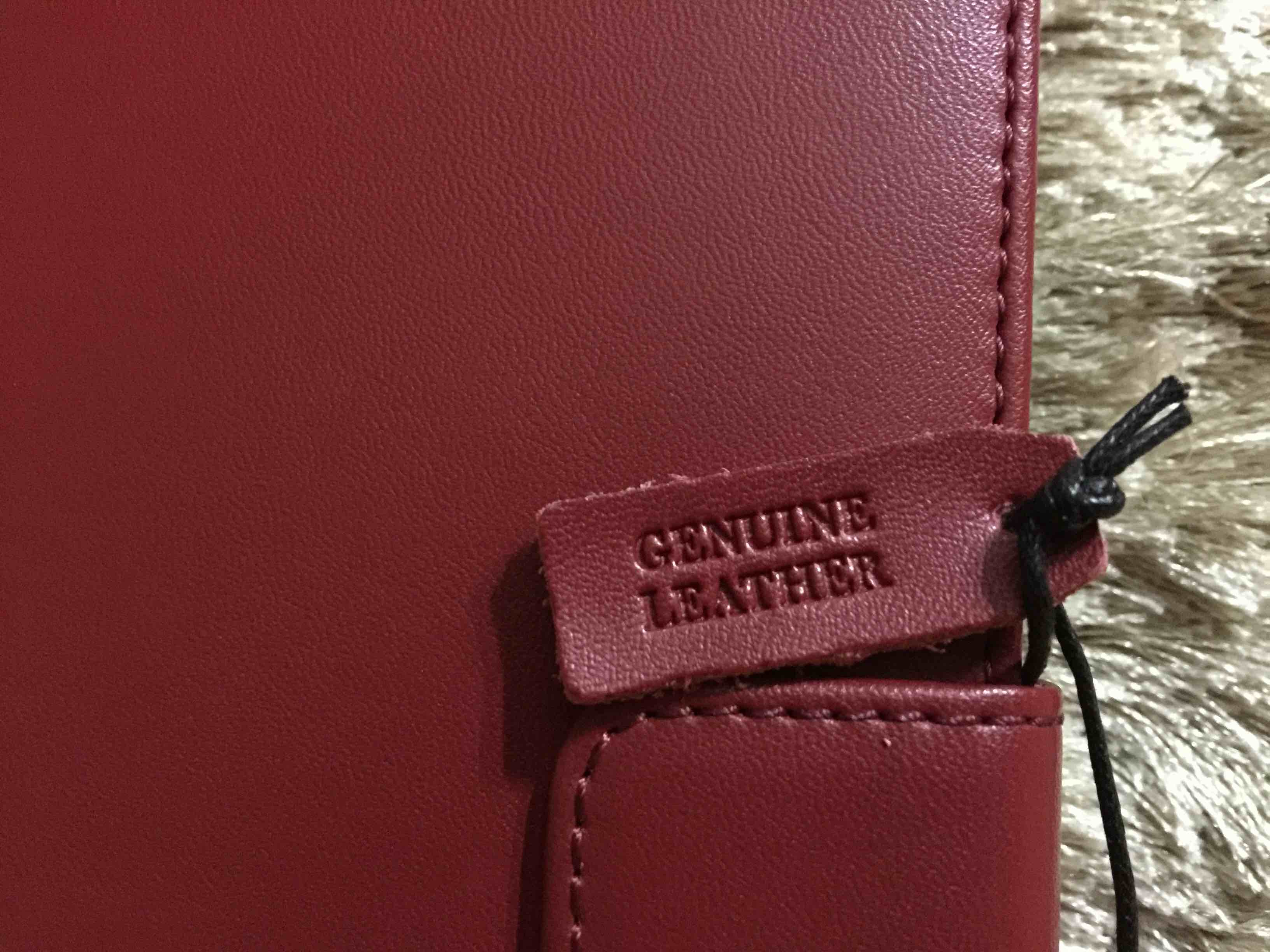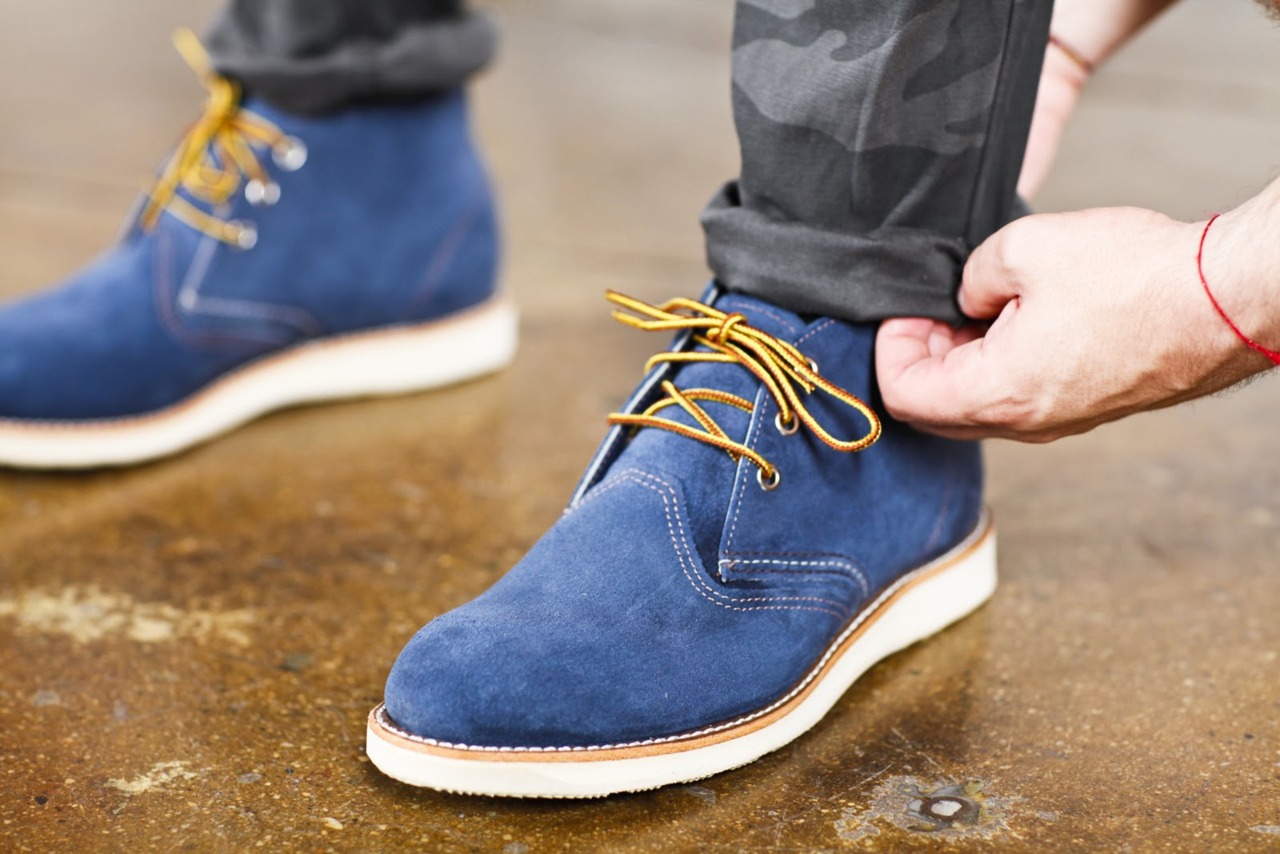When you're shopping for a new handbag or belt, you may be looking for that stamp to tell you that what you're buying is true leather. While your concerns may be alleviated that what you're paying for is "Genuine Leather" and not a knock-off version of the product, are you actually getting what you're paying for?
When you're buying a leather briefcase, new jacket or pair of shoes, you should know exactly what to look for in your leather.
Full-Grain Leather
Taking the entire grain of hide, perfections and all, this is no doubt the toughest grade of leather you will find. Often used for heavy-duty items like weapon holsters and utility belts. If used correctly, it can also look great for dress belts, briefcases, dress shoes, work boots and many other great leather products.
This type of leather is naturally marked and may even have a brand or scar on it. Products from pricier companies won't use these flawed pieces of hide, while other less expensive versions may.
Full-grain leather is hard-as-nails and looks more beautiful the more you use it. While this grain of leather can be very expensive, when you invest in this item, it's likely something you will have for the rest of your life if you take care of it properly.
Top-Grain Leather
Top-grain leather is the middle-of-the-road material that is used in the vast majority of small leather goods for me, such as wallets, or in designer brands for women.
This type of leather is made by splitting a piece of full-grain leather and sanding away its imperfections and stamping a fake grain onto it. Usually it's colored afterwards to provide a uniform look.
The finished product tends to end up looking a bit like plastic and is not nearly as durable as the full-grain leather. If you like the look of leather, this is a good choice if you're not concerned about durability and its resistance to stain.
But a lot of products say Genuine Leather on them. Is that what we're really getting?
Genuine Leather
Genuine Leather is made of real leather, but it is also the lowest quality of all products made of leather. Generally, it doesn't last nearly as long or look as nice as some of the higher-quality leathers. You typically find this grade of leather in the belts you find at the mall, or in shoes and handbags from a lower-priced department store.
Genuine Leather is made by bonding several layers of low quality leather with glue and then painting it to look like better quality leather. This is how they use up the left over scraps when making other higher grades of leather products.
If you are buying something for the long term, it's best to avoid this grade of leather because it won't last as long, especially if it's something you use every day.
Other Types of Leather
If you are looking for any sort of quality out of your leather, it's important to avoid products like Bonded Leather, which is just scraps of leather glued together to create one piece.
Patent Leather, is a leather treated with a glossy plastic finish and can also have the same durability issues as the finish can scratch and scuff easily.
Corrected Grain Leather, is a lower quality leather printed with a fake grain is also something you want to avoid if you want to use your product for any length of time.
Most have us have seen or owned suede products before. Suede has a signature napped surface from the underside of the leather. Cow leather tends to feel rougher, so lamb, goat, calf and deerskin are commonly used instead for higher quality products. Although suede feels wonderful, it's far less durable as it's thinner and absorbs more moisture because of its porous surface.
Source: Business Insider / Heddels
